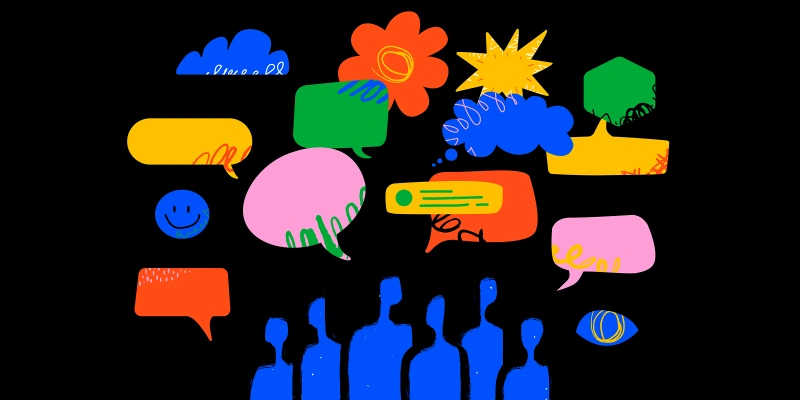Have you ever run around on a normal day and found yourself in the master bedroom at the pinnacle of an architectural masterpiece of a palace in Atlantis? You’re dressed in shades of blue, surrounded by swathes of white satin. You can feel the warm breeze caress your skin and hear the rustle of fabric as air currents flow through the open walls. Or maybe you’ve found yourself as a siren on a royal ship on a stormy night, realizing that as guardian to the royal family, you’ll have to fly the princess over the violent waves using the stars peeking through the clouds as a guide to reach the nearest safe haven – the island where you were born. Or perhaps you’ve found yourself a dancer on a stage performing a modernized pointe routine executed perfectly to the beat of a thundering rock tune, floating over the stage on a shifting nanotechnology plate formation. Perhaps this sounds like nonsense, or perhaps you’re reminded of your own “movies” that are comparably realistic and euphoria-inducing. If so, you’re probably also capable of “immersive daydreaming” (ID).
“Immersive daydreaming" and "maladaptive daydreaming (MD)” are terms that were coined by Dr. Eli Somer at the University of Haifa in Israel in 2002. He used them to describe an unidentified behavior being described to him by a handful of his patients. They described achieving a state of euphoric dissociation via daydreaming, often triggered and maintained by music and/or motion. Despite the daydreams, music, and movements being individualized, the state was uniformly associated with a sense of euphoria. His studies exploring this behavior identified it as a spectrum, potentially even a variant of normal human behavior. When thinking of it this way, the ability itself may be considered a talent when it falls toward the benign side of the spectrum. This contrasts with the maladaptive side of the spectrum, which is when individuals with the capacity find the state to be so desirable that it interrupts their activities of daily life (hence the term maladaptive). Some individuals describe being lost in daydreams for hours every day, intentionally foregoing social and daily obligations in favor of daydreaming. And, interestingly, I read an article about one patient that underwent a functional MRI scan while in the process of ID. The scan revealed the activation of pathways in the brain involving the ventral tegmental area, which is part of the circuitry activated in individuals with substance addiction when they are exposed to that substance. This suggests that for some, ID is comparably addictive to substance use — it can become a behavioral addiction, reinforced by the euphoria that comes with it.
It is important to note that you will not find ID/MD in the DSM-V, and you’ve probably not heard about it in psychology/psychiatry classes you’ve taken either. However, the establishment of terms for the behavior has led to online forums fostering conversation and collaboration. And while there is much to be known about the etiology of this entity and other associated phenomena, I write this piece to express my own speculations, being a person with ID myself.
There are four basic human needs: food, water, shelter, and relationships. Humans are hardwired to interact with one another, and the connection that comes from really knowing someone forges a bond that is set apart. And to this point, there is a cheapened version of being known, that is, being seen. It provides a temporary high, though the satisfaction of the need is very transient. Being seen is hollow because it offers only a glimmer of satisfaction before the feeling fades. Nevertheless, it satisfies a human craving. Being seen is part of why dating apps and social media platforms are massively successful. They establish the conditions for anyone to be seen at the swipe of a finger or tap of a screen. They are easily accessible and offer the illusion of proximity and intimacy. I don’t mean that these tools are objectively bad, but they are sometimes treated as a source of fulfillment — one that cannot fill your glass and keep it full.
I mention these concepts because I think the high provided by a gripping daydream comes from feeling seen. When I dance in my daydreams, it feels like my talents are being appreciated by imaginary dancers, celebrities, or individuals in positions of authority. Another example is feeling seen, in full power and grace, by an entire city when I take down its corrupt and misogynistic ruler by commanding a sea of shifting sand. I morph it into a flowing throne that eclipses the sun as it rises over an army of sand tigers, phoenixes, elephants, and lions with glass teeth, charging toward the palace below a hurricane of sand and glass shards.
Despite how dramatic the daydreams are, I don’t feel an urge to perform for people just to be seen in real life. I like to share triumphs over goals with friends since they celebrate with me, just as I celebrate theirs. But that’s as far as the desire goes. My assessment is thus: the euphoria of ID is a manifestation of craving to know and be known by others. But again, it’s just my speculation.
I think there is no single etiology for ID. I believe that everyone who has the capability of ID perceives the experience differently. However, I wonder if the euphoria they experience also stems from transiently satisfying a craving to be known. Regardless of the etiology and the outcome, I can testify that simply jogging with a beat in my ears can manifest ID that make my world explode with color, bathing my brain in “happy chemicals.” Each step of my foot is a leap from the surface of the Earth, an opportunity to take flight and float in the air. Without question, I love the creativity, ideas, and choreography forged in the throes of thinking out loud, perhaps while listening to Ed Sheeran's “Thinking Out Loud.”
Have you ever experienced immersive daydreaming? How does it affect your life? Let us know in the comments below.
Stephanie Wottrich is a third year medical student in Cleveland, Ohio. When not studying or in the clinic, she spends her time dancing, running, and studying the Korean language.







